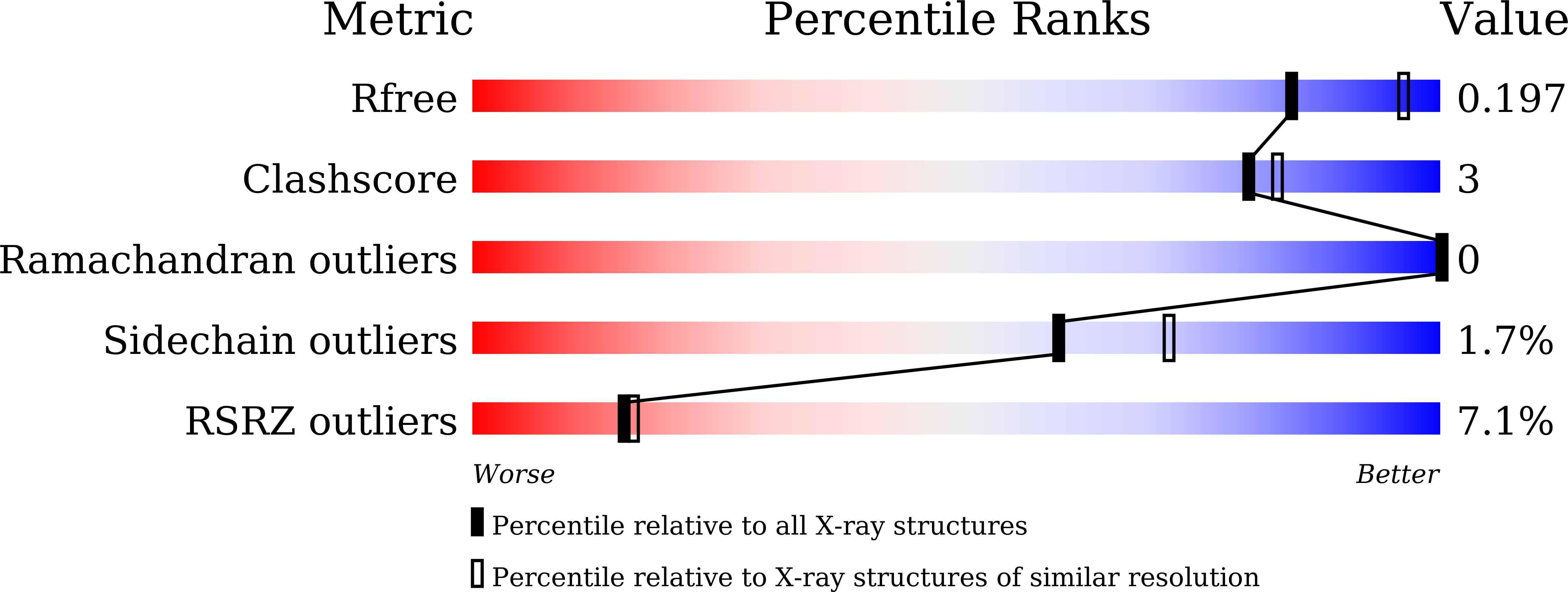
Deposition Date
2018-04-09
Release Date
2018-10-24
Last Version Date
2024-10-30
Entry Detail
PDB ID:
5ZNG
Keywords:
Title:
The crystal complex of immune receptor RGA5A_S of Pia from rice (Oryzae sativa) with rice blast (Magnaporthe oryzae) effector protein AVR1-CO39
Biological Source:
Source Organism:
Oryza sativa subsp. japonica (Taxon ID: 39947)
Magnaporthe grisea (Taxon ID: 148305)
Magnaporthe grisea (Taxon ID: 148305)
Host Organism:
Method Details:
Experimental Method:
Resolution:
2.19 Å
R-Value Free:
0.19
R-Value Work:
0.16
R-Value Observed:
0.16
Space Group:
P 31 2 1


